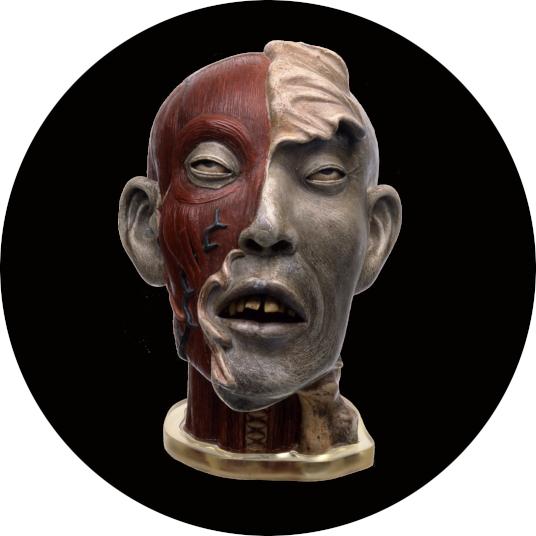Special Exhibition "The Dawn of Modern Medicine in Japan: From Dutch Medicine to German Medical Science"
2014.03.19-2014.05.11
FIRST SIGHT
The collection of medical specimens accumulated by the University of Tokyo is outstanding, both in quantity and in nature. It is no exaggeration to state that it is a first-rate corpus, bearing comparison with any collection held by important medical institutions throughout the world. This is quite natural. Since its establishment in 1877, the Faculty of Medicine of the University of Tokyo concentrated talented persons, and it benefited from research funds largely surpassing that of other institutions. However, the collection and the maintenance of medical specimens are far from being easy. We have to think of all the effort and passion devoted by our predecessors in managing this collection, overcoming numerous difficulties starting with the Great Kanto Earthquake and through the wartime ravages and evacuation up to student protests, in order to constitute the extant collection, unique in Japan.
Although they are generically referred to as “medical specimens,” the exhibited items are diverse in content. They are not limited to body specimens. In effect, there are numerous materials used for education and research, such as manmade models, medical instruments and laboratory equipment. With the advent of an era calling out for the respect of private information and human rights, the public exhibition of body specimens encounters difficulties, at least within Japan. As a side effect, the opportunity to present related historical documentation such as models and instruments becomes rare, leading historical research on medicine to the path of decline.
The aim of the present exhibition is to present in a reconstituted form the evolution of modern medical science in Japan, through the medical heritage dating from the end of the shogunate to the first half of the Meiji period. The medical specimens conserved both by the Medical Museum of the Graduate School of Medicine and Faculty of Medicine and by the Medicine Section of the Research Materials Department of the University Museum were in part shown in the context of the special exhibition The Archaeology of Science, held in autumn 1997 at the Yasuda Auditorium to commemorate the 120th anniversary of the University of Tokyo. However, by completing this corpus with the Miyake family collection issued from the illustrious family of doctors and conserved by the Research Department of the University Museum, the present exhibition publicizes for the first time in its entirety the heritage of modern Japanese medicine in its nascent stage.
[Organizer]
The University Museum, The University of Tokyo (UMUT)
[Support]
Graduate School of Medicine of the University of Tokyo
Japanese Circulation Society
Museum of Health and Medicine, Faculty of Medicine, The University of Tokyo / The University of Tokyo Hospital

